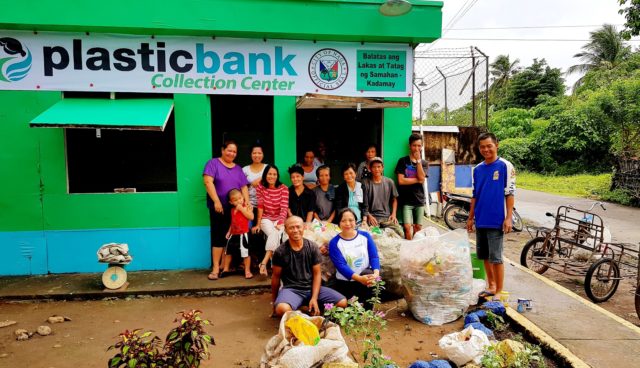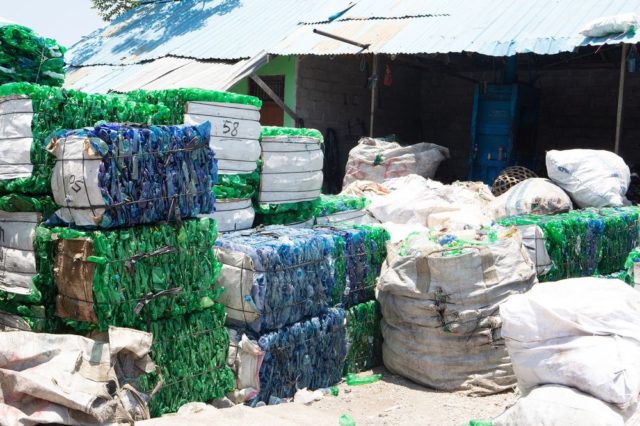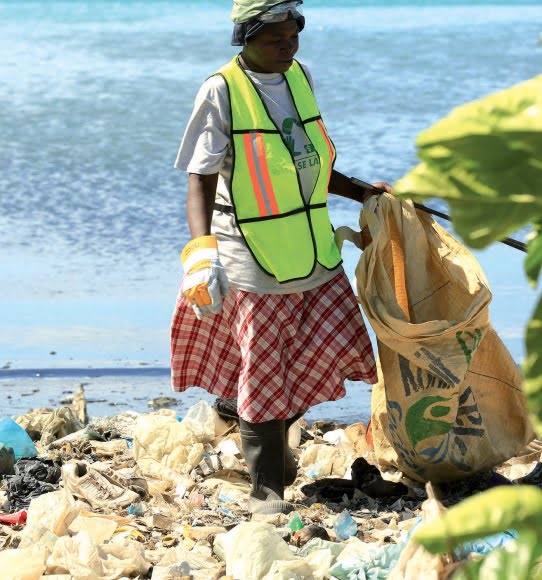The old barter system was kicked out by King Alyattes of Lydia, now in Turkey around 600BC itself. The introduction of coins made of different metals made it big and ran for centuries.
By 1661 AD, humans saw coins turn into currency notes. Now, these banknotes were initially made of paper and then were made with a mixture of fabric and paper.
End of the history lesson.
The first time humans ever saw plastic being used in money was somewhere in 1946 when the first credit card was introduced.
Thanks to the Plastic Bank, an entirely different revolution of plastic in the economy is underway. They realised that most of the plastic content in oceans comes from rather poor countries.

Using this to their advantage, David Katz and his Plastic Bank team are trying to make the well-known non-biodegradable devil, a currency for the poor of this world.
What Do They Do?
Very simply, all the plastic refuse that is about to go into the oceans, workers of the Plastic Bank collect it and process it. This processed plastic is sold to manufacturing companies like Marks and Spencers or Henkel as raw material.
These companies launch campaigns through their products encouraging their consumers to buy Social Plastic, educating the consumers that this is the same plastic that was collected by workers in poor countries.

Two problems solved – contributing to the improvement of the lives of the poor, and reducing plastic from entering water bodies.
Also Read: In Pics: Everyday Items You Can’t Use After The Single Use Plastic Ban From October 2nd 2019
The Expanse Of The Project
More than 7000 tonnes of plastic has been collected and sold since the inception of the Plastic Bank back in 2013.
During one of his various beach trips, Katz got the idea to start this company and has set up more than 50 plastic markets in Haiti, expanded to the Philippines, Brazil, and South Africa with hopes to extend even further.
The entire process is software application based, where consumers can track their impact, as in, the impact they have on preventing plastic going into waterways for every dollar they spend on Social Plastic.
Fortunately, companies that buy Social Plastic as raw material are ready to pay a little more than the normal cost of plastic due to the cause behind it.
“We have built out the largest chain of stores in the world for the ultra-poor, where everything in the store is available to be purchased using plastic garbage,” David Katz told PRI.

Everyone wants to try and remove plastic from the oceans and clean them up, but the Plastic Bank takes a different approach. Their main agenda is to stop plastic from entering the oceans altogether, treating the problem from the roots.
Anyone in the countries where the Plastic Bank operates, can collect as much plastic as they can, bring it to the quality check and weighing center and get money worth that much plastic.
Rather than using money inside plastic cards, plastic here has itself become money!
Image Sources: Google Images
Sources: Bloomberg, PRI, Forbes +more
Connect With Blogger: yuksxo
Other Recommendations:
Can Amazon, Flipkart Cope With The Repackaging Challenge After The Ban On Single Use Plastic?



































